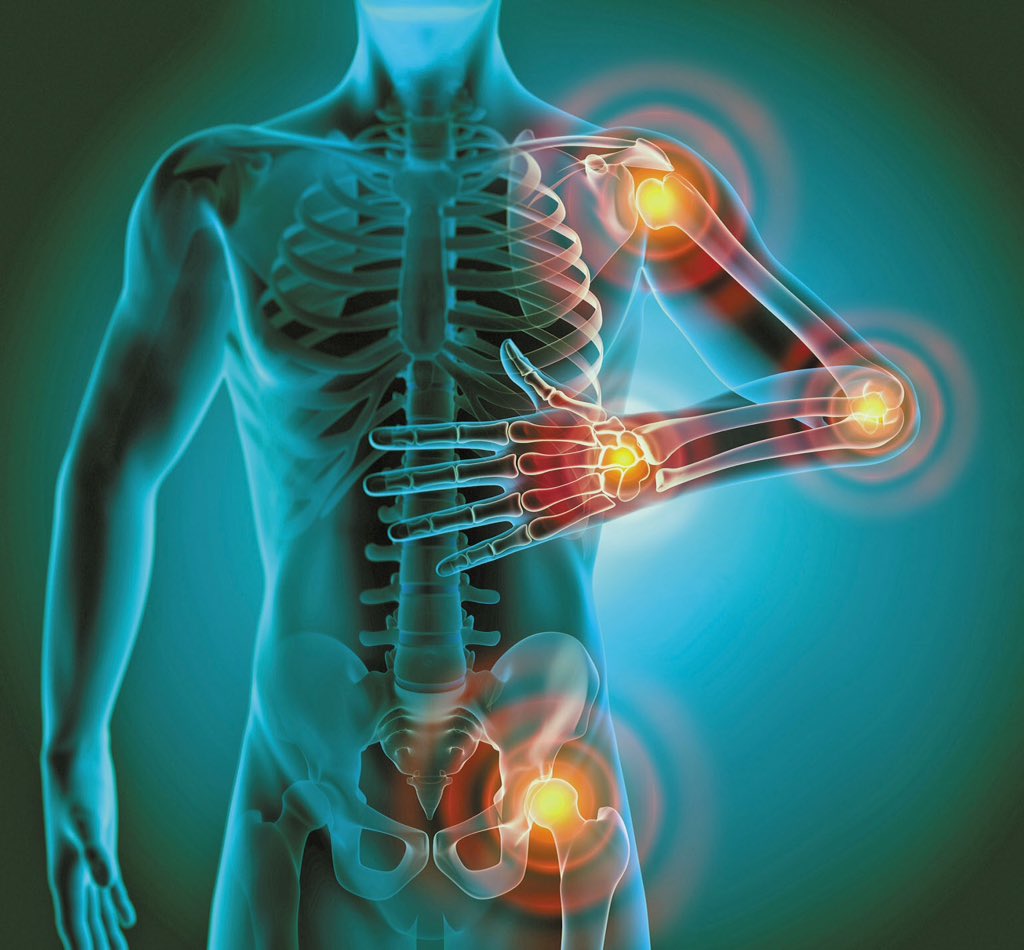Sunday night bloods night again 


Thread 4 of basics of blood tests:
UNDERSTANDING INFLAMMATORY MARKERS



Thread 4 of basics of blood tests:
UNDERSTANDING INFLAMMATORY MARKERS
In threads 1-3 we learned what we are measuring, how BTs interact in family groups & the basics of the full blood count.
Th1: https://twitter.com/palingclaire/s …
Th2: https://twitter.com/palingclaire/s …
Th3: https://twitter.com/palingclaire/status/1335624811851243520?s=21
Keep scrolling to learn with me about inflammatory markers....
Th1: https://twitter.com/palingclaire/s …
Th2: https://twitter.com/palingclaire/s …
Th3: https://twitter.com/palingclaire/status/1335624811851243520?s=21
Keep scrolling to learn with me about inflammatory markers....

Inflammation is a response to cell damage which can be caused by infection, autoimmune response, cancer & trauma.
So any of these might affect the numerous inflammatory markers found in our blood.
These include CRP, ESR and plasma viscosity.
So any of these might affect the numerous inflammatory markers found in our blood.
These include CRP, ESR and plasma viscosity.
The elevation of CRP is proportional to the degree of cellular damage at the time the blood was taken.
CRP is like a fire alarm The more cell damage there is, the more 'fire alarms' go off and the more fire engines will be called
The more cell damage there is, the more 'fire alarms' go off and the more fire engines will be called  ....
....
CRP is like a fire alarm
 The more cell damage there is, the more 'fire alarms' go off and the more fire engines will be called
The more cell damage there is, the more 'fire alarms' go off and the more fire engines will be called  ....
....
Neutrophils are the fire engines 
They respond to CRP & arrive at the site of cell damage to deal with the 'fire'.
Like CRP, neutrophils can be raised in the blood in proportion to the cell damage.

They respond to CRP & arrive at the site of cell damage to deal with the 'fire'.
Like CRP, neutrophils can be raised in the blood in proportion to the cell damage.
Neutrophils, bacteria & debris can build up in the area of cell damage & cause increased plasma viscosity.
Plasma viscosity might remain raised after CRP has returned to normal level (when there are enough fire fighters at the site of cell damage).
Plasma viscosity might remain raised after CRP has returned to normal level (when there are enough fire fighters at the site of cell damage).
ESR indicates the amount of clotting round the site of cell damage.
ESR values are slower to react to inflammation than CRP.
ESR will also rise in anaemia so can be cross-checked with MCV to check the cell size.
ESR values are slower to react to inflammation than CRP.
ESR will also rise in anaemia so can be cross-checked with MCV to check the cell size.
So if you are looking for cell damage from infection, inflammation, cancer or trauma, you could consider looking at CRP (which includes neutrophils & other white cells) & CRP +/- ESR. Interested to know people thoughts on the latter which I understand isn't always helpful?

 Read on Twitter
Read on Twitter





